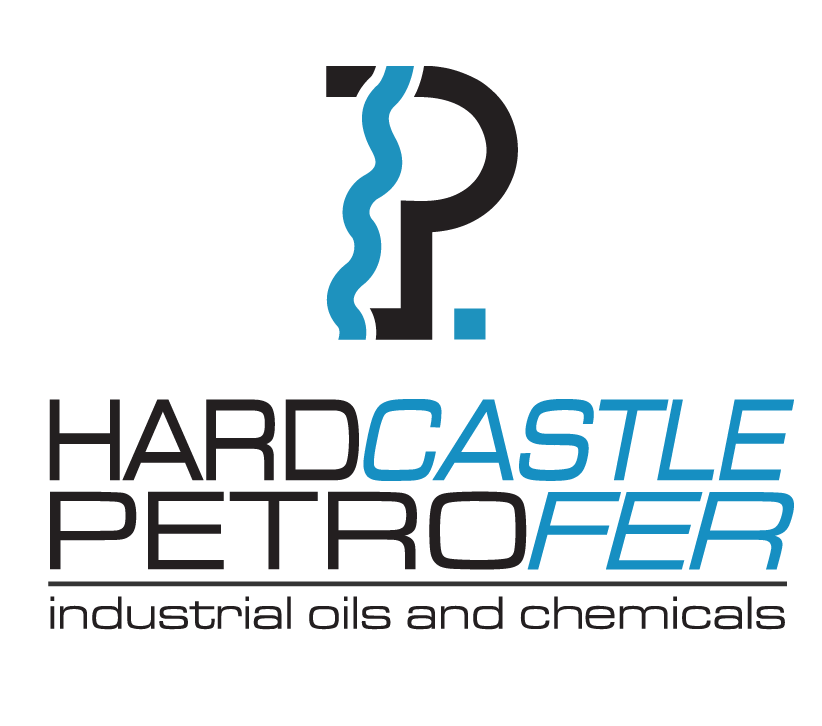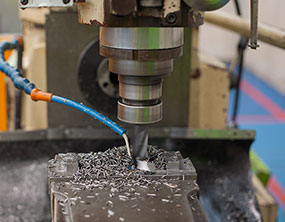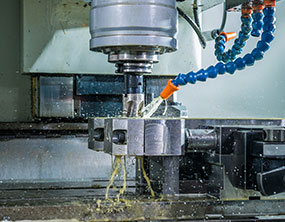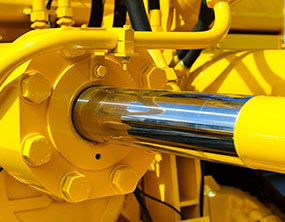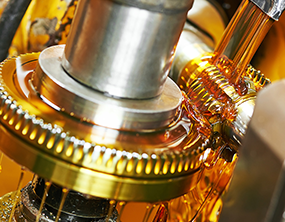Usage of boron and Formaldehyde in metal working Fluids and Alternates

Introduction

Boron has traditionally been used in water soluble metalworking fluids as it acts as an excellent corrosion inhibitor and helps to extend fluid life by slowing down the development of bacteria, with the chemical helping a fluid to be more inherently stable
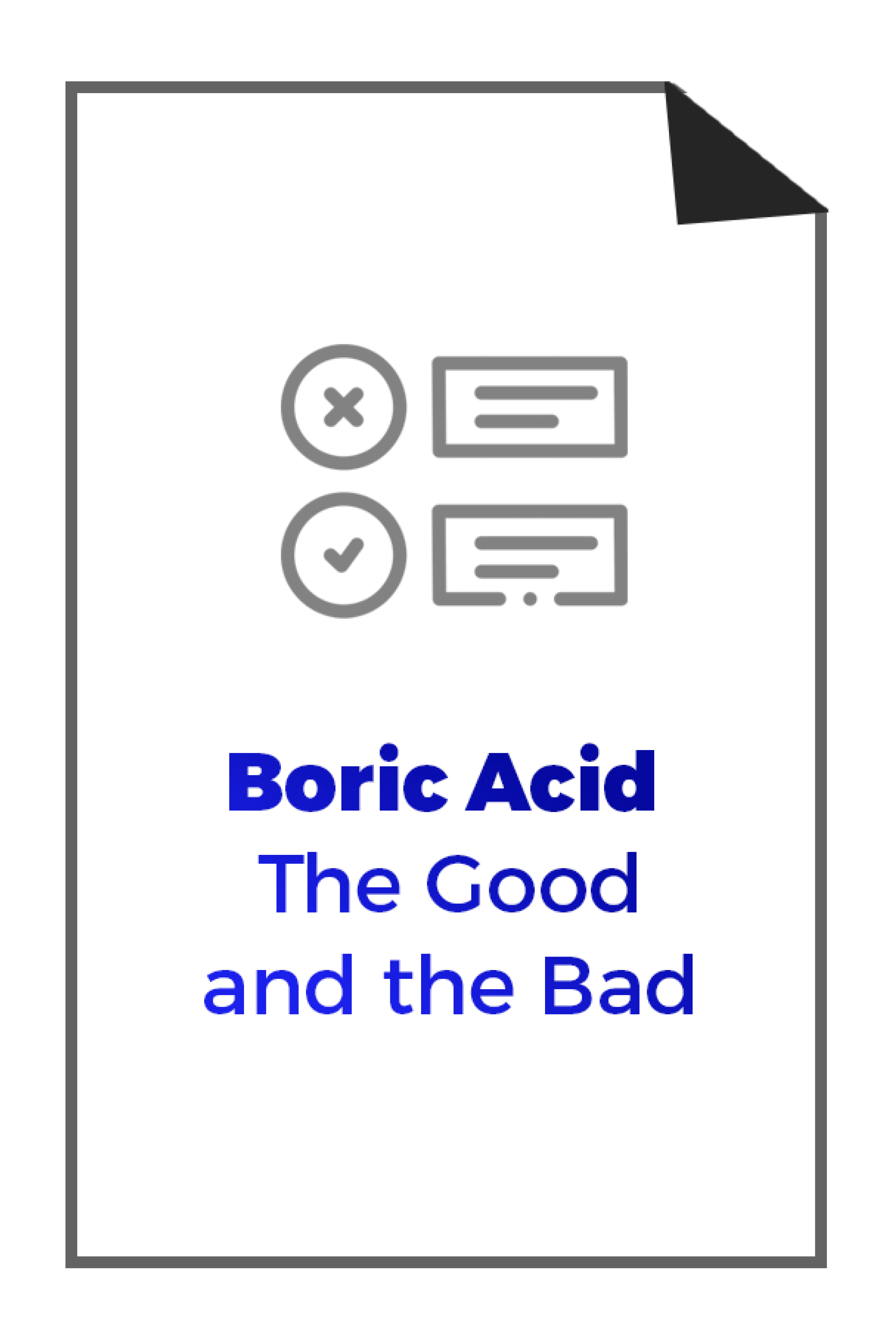
The use of boron technology in metalworking fluids dates to the 1970s when boron compounds were developed as replacements for nitrosamines for use in synthetic fluids. The technology grew through the 1980s especially in semi-synthetic fluids
There is advantages & disadvantages with the boron properties. "Boron has the pH buffering and a stabilizing effect, and the rust protection, or 'RP,' which is often viewed positively." But even at low levels where coolant waste is staying in the sump longer and longer, it will concentrate over time, so some companies want it eliminated altogether.
Borates in metalworking
Metalworking fluids are primarily used in metal-cutting and metal-grinding applications to remove metal chips, reduce friction, and cool the cutting zone. In these fluids, borates can help to:
The Move toward Boron-Free Coolants
Why? Because boron at certain levels can build up residues and be detrimental to tools by adhering to parts, spindles, conveyors and cutting tools, which can deplete tool life performance. As an anti-corrosive chemical, boron helps, but at higher concentration levels, it can be dangerous, which is first and foremost on the company's agenda. Simply removing boron from a fluid is one option but it is not a viable solution in all cases due to tougher metals and more advanced, severe metalworking processes. From a health and safety perspective, the European Commission (EC}, has highlighted that metalworking fluids containing boric acid with a concentration equal to or in excess of 5.5% must be classified and carry appropriate labelling. For fluids under the 5.5% limit, current legislation means that products do not need to be labelled as a hazardous substance.
Labelling Requirements
As of December 1, 2010, the European Classification, Labelling and Packaging of Chemicals (CLP) regulation classified boric acid and preparations that contain more than 5.5 percent boric acid as toxic to reproduction, Category 2. Also, according to the EU Dangerous Preparations Directive, these substances must be labelled with skull and crossbones until June 1, 2015. After that date, mixtures containing 5.5 percent or more of boric acid must be classified and labelled according to the CLP, and the pictogram for target organ toxicity- the so-called exploding chest- must appear on the container label.
Since June 2010, boric acid is also on the Substances of Very High Concern (SVHC) list of candidates according to Articles 57 and 59 of the REACH regulations. This list contains materials that will be subject to special examination to assess the risk to human health and the environment. Several companies are offering boron-free technology. However traditional boron-free products are not very biostable. They allow the growth of so-called good bacteria, but the U.K.s Health and Safety Executive (HSE) has done extensive studies that show these good bacteria produce toxins just as dangerous as the bad bacteria. As a result, the HSE requires bacteria levels be maintained below 1million organisms per millilitre to ensure worker safety. Unfortunately experience shows that bacteria levels in boron-free products can easily exceed 10 million to 100million organisms per ml. Therefore, the idea of just allowing a population of bacteria to exist in the MWF is no longer viable.
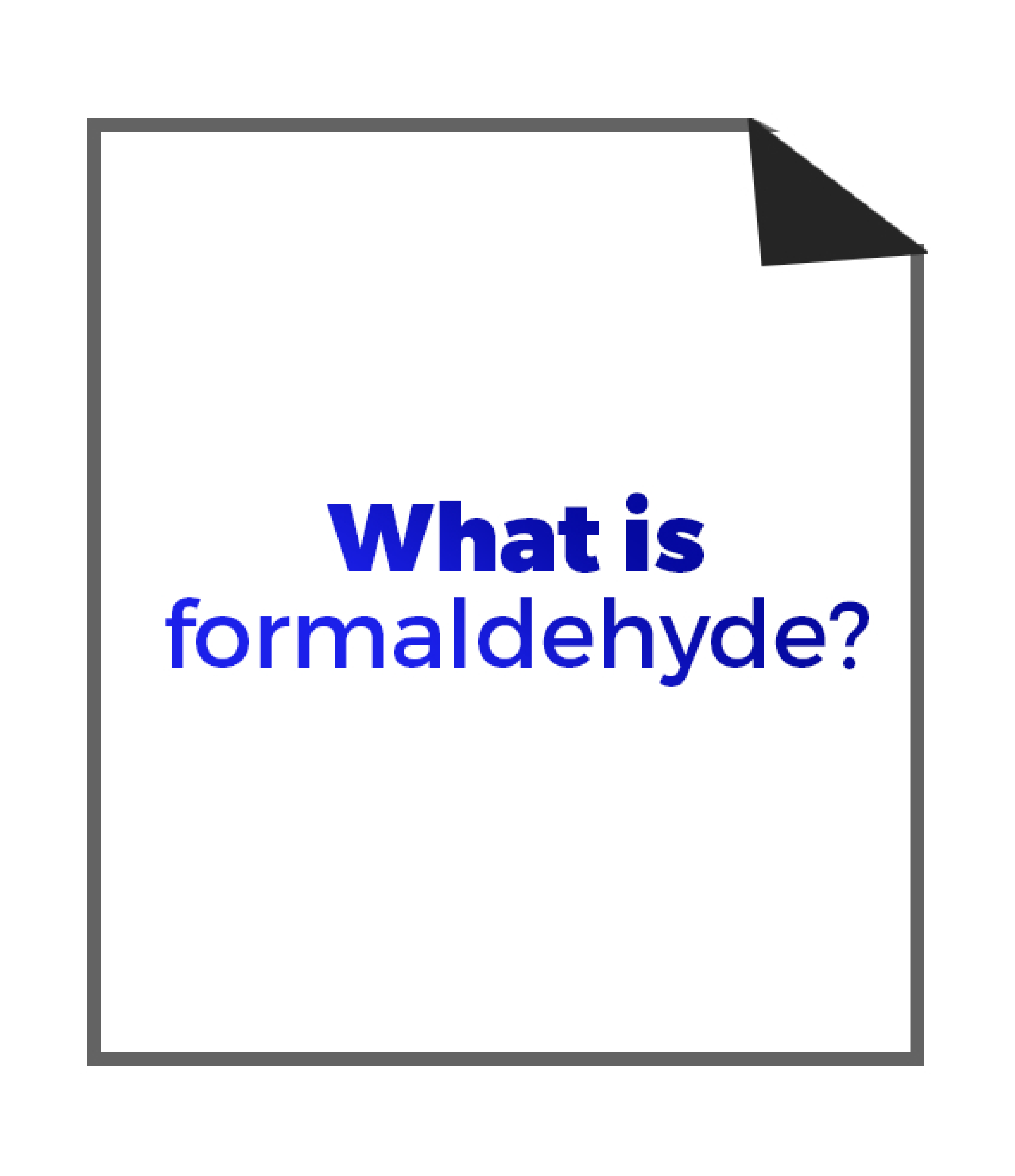
Formaldehyde is a naturally occurring chemical compound containing hydrogen, oxygen and carbon. Everything from bacteria to plants, fish to animals and even humans produce formaldehyde as part of cell metabolism.
What is a formaldehyde releasing biocide?
Some bactericides used in metalworking fluids are classed as formaldehyde releasing biocides. They release small quantities of formaldehyde when subject to certain conditions.
Known for its preservative and anti-bacterial properties, formaldehyde (present through the use of formaldehyde releasing biocides) has been used successfully in MWF products for many years.
Why is it used in Metalworking Fluids?
Water miscible metalworking fluids are highly susceptible to bacterial and fungal growth. This is caused by the environment and nature of the fluid. Sources of contamination may include; tramp oil in the system, operators handling components and setting jobs, the incoming water supply and swarf from the work pi•ece.
As the fluid is highly susceptible to bacterial growth it can cause serious problems if not properly maintained, these may include; bad odours, skin irritation, short sump life, fungal growth and blockages. As they can quickly destroy fresh fluid and cause health problems to operators, it is of vital importance to eliminate and control the growth of bacteria in metalworking fluids.
What has changed?
As of 1st December 2018, due to changes in EU legislation, formaldehyde releasing biocides were reclassified as a carcinogenic category 18 H350 and mutagenic category 2.
- All products will be carcinogenic and sensitising if they contain 0.1% releasable formaldehyde.
- They will be classified as mutagenic if they contain 1% releasable formaldehyde.
- The labelling for all products/formulations containing formaldehyde releasing biocides will change. They will now need to include GHS08 and H350 phrase 'may cause cancer''
This has posed a big challenge to all the MWF manufacturers.
Boron compounds in metalworking fluids Advantages & Disadvantages
| Advantages | Disadvantages |
|---|---|
| Inhibition of microbial growth | Formation of sticky residues |
| High buffer capacity | Insolubility in neat oils |
| - pH-stability | Incompatible to nwm process fluids |
| - stable anti corroson properties | Non volatile residues (Heat treatm.) |
| Cost effectiveness | Low performance with aluminium |
| Well known toxicology | Labelled as hazardous |
Why should we use super clean Hydraulic Oils?
In today's manufacturing world, reliable performance of equipment is very important and due to advancement in manufacturing process and design all the major equipment are being made with very close tolerances. Use of Super clean oils are must for achieving the reliable performance. It also provides the opportunity to achieve lower operating cost.
It is possible to differentiate normal hydraulic oil and super clean hydraulic oil based on NAS value provided by manufacturer of Hydraulic oil.
National Aerospace Standard has been developed to help measure the contamination levels of hydraulic fluids within hydraulic components.
At HPPL we have in our range boron and formaldehyde based as well as most modern boron and formaldehyde free new generation semi-synthetic and synthetic coolants available. Semi Synthetic grades of MWF which are Boron & Formaldehyde free are available without compromising on other performance parameters.
The cleanliness of metal working fluids is exceptional, and the product type capable of long sump life without the use of boric acid derivatives and formaldehyde-releasing agents or biocides.Our Boron and Formaldehyde free HPPL semi-synthetic and synthetic Cutting Fluids have following benefits to offer:
- Boron- and formaldehyde-free coolants is particularly suited to the machining and grinding of cast iron and steel as it provides a high order of corrosion protection.
- As well as being free from boron and formaldehyde donors, the product contains no chlorine, sulphur or aggressive biocides. It is easily recycled or disposed of without special handling or equipment.
- Extensive trials showed this chemistry provided much more stable pH and greatly reducing the operating cost.
- Reduce or eliminate the need for expensive treatment additive top-ups like no biocide additions are normally required, provided correct concentrations are maintained
- Clean emulsions due to good filterability - keeps machines and tooling clean
- Modern amine composition. excellent flushing effect, pH-stable emulsion, low foaming tendency
- The concentrate does not contain nitrite or critical secondary amines, and therefore corresponds to the German TRCS 611 regulations. Special inhibitors provide effective protection against nitrosamine formation.
For More details you may please contact out Technical/sales team who will guide you and recommend a most suitable product for your shop floor application.
